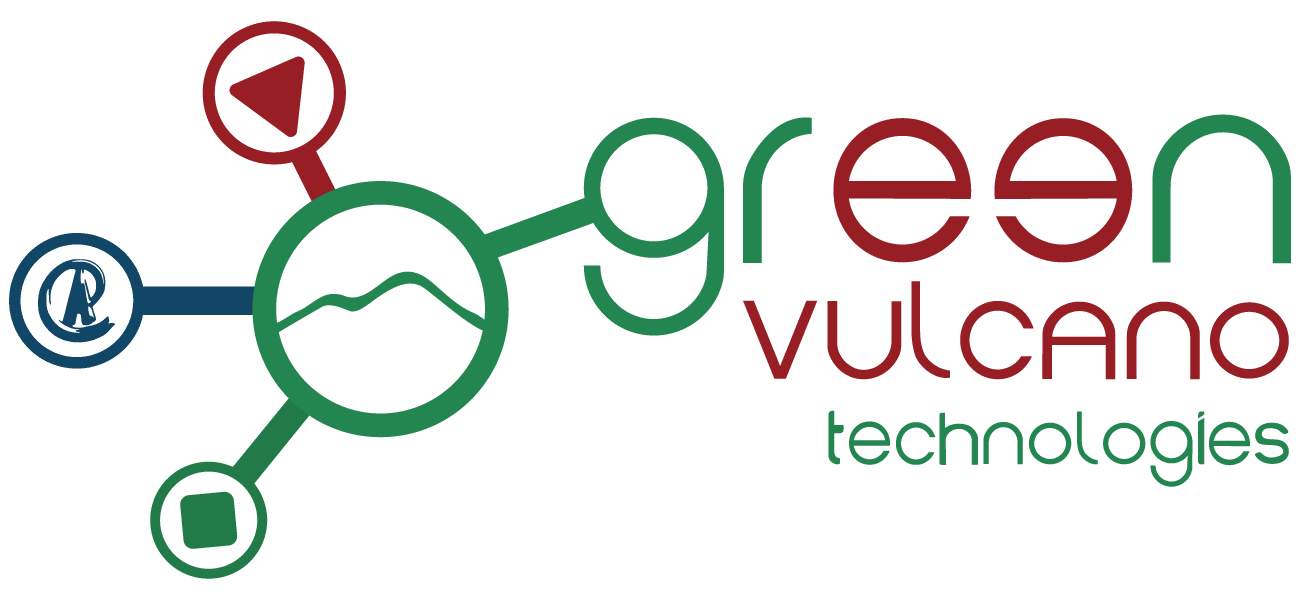Industries are changing. They are becoming increasingly digital and interconnected, thanks to the evolution of old processes and the introduction of new technologies such as: Automation, Robotization, Artificial Intelligence and Big Data which together are helping to make industries more advanced.
The fourth industrial revolution began in Italy, which is the second largest manufacturing country in Europe. There are some risks, but also many opportunities.
According to the former Minister of economic development, Mario Calenda, the industry 4.0 movement, introduced on September 21, 2016, would help Italian companies revive their competitive capacity through highly targeted technological investments. As a result of this, there is a re-launch of the entire economic sector.
Also Luigi Di Maio, 5 Star leader and new Minister of economic development, explained his plan for innovation and technology in Italy. In a recent interview in February during the election campaign, Di Maio expressed that he wanted to support the startup economy, Industry 4.0, and the innovation of Italian companies. He also supports the involvement of sectors in which technology plays a key role, such as school, culture, environment and tourism.
Meanwhile, Gianni Potti, president of CNCT - Confindustria Innovative and Technological Services, launches an appeal to the new Minister Di Maio in a letter containing five ideas for a strategy to avoid waste and a maximization of possible government interventions.
1. Going Beyond the Depreciation Lever
Regulations and incentives are used to regenerate the industrial economy. Industry 4.0 can not be and is not only a fiscal lever, it is much more. The transformation of the European industrial system is the re-engineering of the production processes. It is the total rethinking of the product / service relationship. The first question to be addressed is how to promote production with incentives and vouchers, the part of the consulting process that involves cloud, sensors, social media, marketing, analytics and big data, cyber security and so on.
2. Connecting the Competence Center and the Digital Innovation Hub
In the last few years, two different interpretations of the role of DIH have been created: one directly within the European, Union and the second is from MISE.
The primary objective therefore is to rediscover a unique direction for the role of DIH, bringing them to their original purpose: that of specialization on their strategic tasks (orientation, high training and applied research) and the fundamental one of relationship and connection with PMI in the local area.
If this does not happen, the risk will make the train of innovation lose all our hard core businesses: small and medium.
3. A Shared Strategy between Government, Regions and Chambers of Commerce
The third question to be answered is if the industry 4.0 plan can be integrated with the European Union, Regions, and Chambers of Commerce.
The suggestion is the constitution of a government control with Conferenza delle Regioni and Camere di Commercio for a shared strategy and especially to avoid overlaps and waste.
4. Promoting Innovation of PMI
PMI is the key to achieving the sustainable medium and long-term growth necessary for Italy. As the Japanese Prime Minister, Shinzo Abe, said, "PMI are the key to spreading the fourth Industrial Revolution in Japan. We will promote and support the introduction of IT and robots adapted to the needs of small and medium-sized businesses based on the business conditions of each company ".
It is clearly aimed at a technology dedicated to people and to better live our cities.
5. Involving young people
The first digital revolution must take place in the heads of entrepreneurs that provides a different, more advanced skill set, with the human element at the core of the 4.0 Industry. Decisive in this process is the involvement of young people, and knowing how to mix the natural predisposition of young people for digital with the know-how present in our companies.
An excellent example of this revolution can be seen in Amazon, one of the most used ecommerce platform in the world, which is testing the limits of automation and human-machine collaboration.
While the company's ambitions to use drones for delivery have garnered considerable media attention, armies of "Kiva" robots already are connected via Wi-Fi and used in company warehouses.
The idea behind the introduction of Kiva robots is that it makes more sense for robots to identify products on the shelves and take them to their destinations, rather than having humans perform these tasks, due to speed and accuracy.
According to Dave Clark, senior vice president of Amazon, in 2014, Kiva robots helped the company cut operating costs by 20%.
Conclusion
We must acknowledge the policy of understanding the needs of such dynamic market. Di Maio’s document of Confindustria confirms the existence of a healthy interaction between government and businesses. However, the existence of many unanswered questions and obstacles still has to be addressed to bring our country to the position it aims to be in.
We will continue to follow Italian and EU developments on the subject. Follow us on our blog and leave a comment to tell us what you liked and what you would like to read in the next releases.

